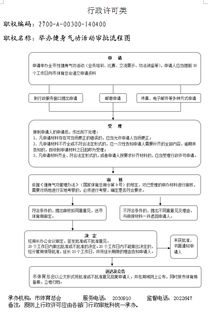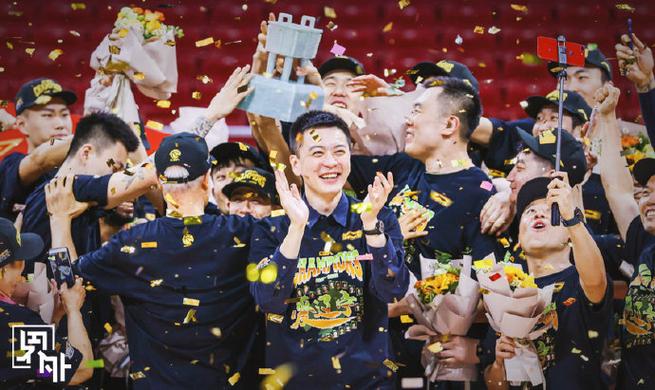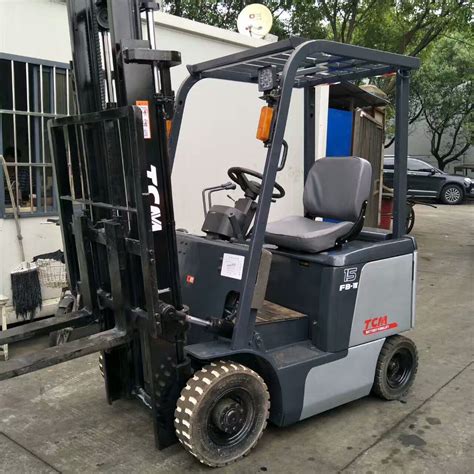体育教学流程图模板
**Title: Developing a Comprehensive Sports Education Curriculum**
Creating a structured sports education curriculum is essential for fostering skill development, promoting physical fitness, and instilling a lifelong passion for sports among students. Below is a comprehensive guide outlining the key components of a sports education curriculum, along with suggested teaching strategies and activities.
**1. Needs Assessment:**
- Conduct surveys or interviews to understand students' interests, abilities, and prior experiences in sports.
- Identify available resources, including facilities, equipment, and personnel.
**2. Curriculum Design:**
- Establish clear learning objectives aligned with national or state physical education standards.
- Design a diverse curriculum that introduces students to a variety of sports and activities, considering factors such as seasonality and student preferences.
- Incorporate both individual and team sports to develop different skills and foster teamwork.
- Gradually increase the complexity and intensity of activities as students progress.
**3. Teaching Strategies:**
- Demonstration: Model proper techniques and skills before students attempt them.
- Skill Progression: Break down complex skills into smaller, manageable steps, gradually building proficiency.
- Differentiation: Tailor instruction to accommodate students with varying abilities and learning styles.
- Peer Teaching: Encourage students to teach and support each other, promoting collaboration and communication skills.
- Incorporate Technology: Use video analysis tools or fitness tracking apps to provide feedback and track progress.
**4. Sample Curriculum Outline:**
**Week 1-2: Introduction to Fundamental Movements**
- Activities: Running, jumping, throwing, catching
- Focus: Developing basic locomotor and manipulative skills
**Week 3-4: Individual Sports**
- Activities: Tennis, badminton, swimming
- Focus: Understanding rules, practicing techniques
**Week 5-6: Team Sports**
- Activities: Soccer, basketball, volleyball
- Focus: Collaboration, communication, teamwork
**Week 7-8: Fitness and Conditioning**
- Activities: Circuit training, aerobic exercises, flexibility exercises
- Focus: Improving overall fitness levels
**Week 9-10: Sportsmanship and Fair Play**
- Activities: Group discussions, role-playing scenarios
- Focus: Understanding the importance of sportsmanship and respect for opponents
**Week 11-12: Student Choice**
- Activities: Students select their preferred sports or activities
- Focus: Encouraging autonomy and self-directed learning
**5. Assessment and Evaluation:**
- Use a variety of assessment methods, including skill tests, observations, and self-assessments.
- Provide constructive feedback to students, focusing on areas for improvement and recognizing achievements.
- Periodically review and adjust the curriculum based on student feedback and assessment data.
**6. Integration with Academic Subjects:**
- Explore connections between sports and academic subjects such as math (e.g., scoring systems), science (e.g., biomechanics), and history (e.g., origins of sports).
- Collaborate with classroom teachers to incorporate sports-related themes into academic lessons.
**7. Extracurricular Opportunities:**
- Offer extracurricular sports clubs or intramural leagues to provide additional opportunities for practice and competition.
- Organize field trips to sports events or facilities to expose students to a broader range of sports experiences.
**8. Parent and Community Involvement:**
- Encourage parents to support their children's involvement in sports by attending games, volunteering as coaches or officials, or providing transportation to events.
- Partner with local sports organizations or community centers to access additional resources and opportunities for students.
**Conclusion:**
A well-designed sports education curriculum not only promotes physical health and skill development but also instills valuable life skills such as teamwork, leadership, and resilience. By following the outlined process and incorporating diverse teaching strategies, educators can create an engaging and enriching sports program that benefits students of all abilities and backgrounds.
This comprehensive approach ensures that sports education becomes an integral part of the school experience, fostering a lifelong appreciation for physical activity and healthy living.

免责声明:本网站部分内容由用户自行上传,若侵犯了您的权益,请联系我们处理,谢谢!联系QQ:2760375052









